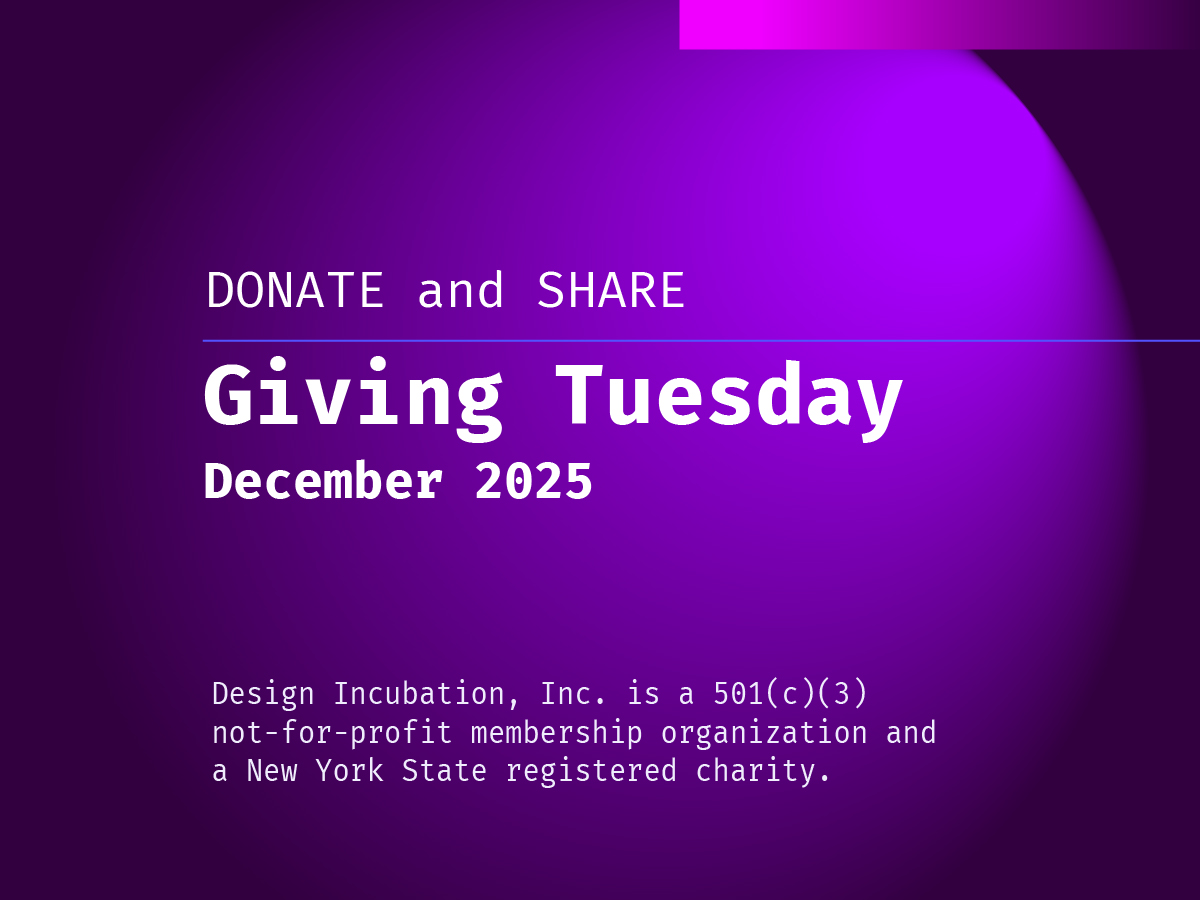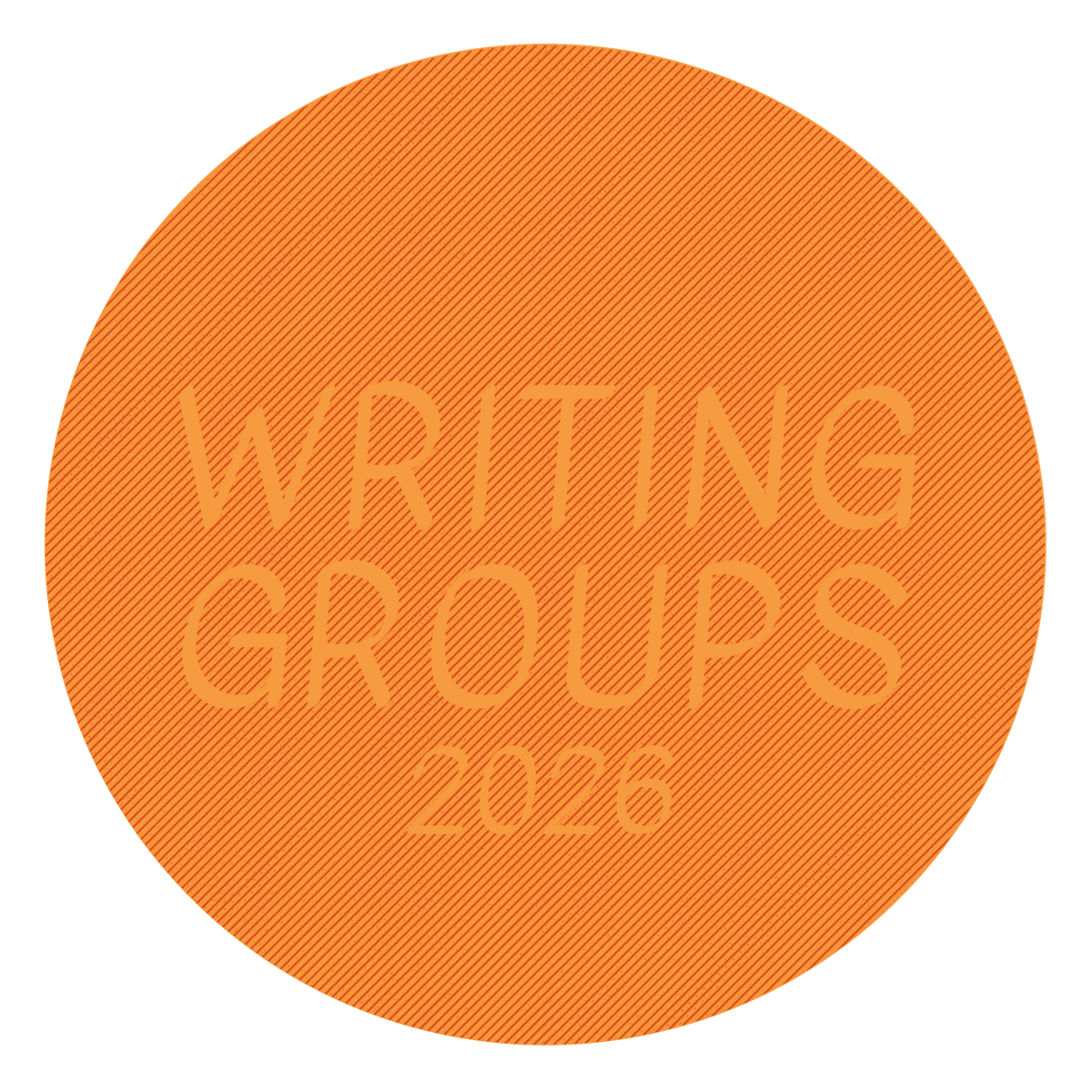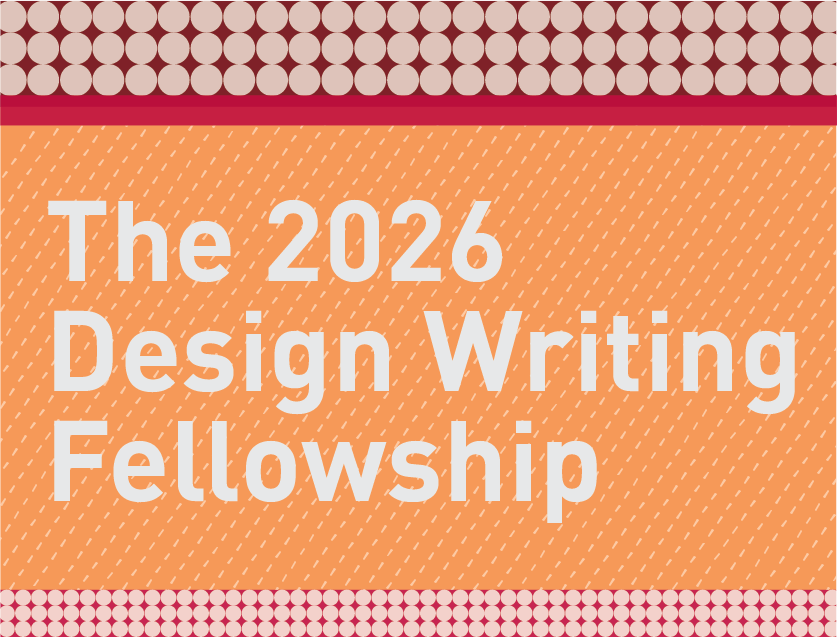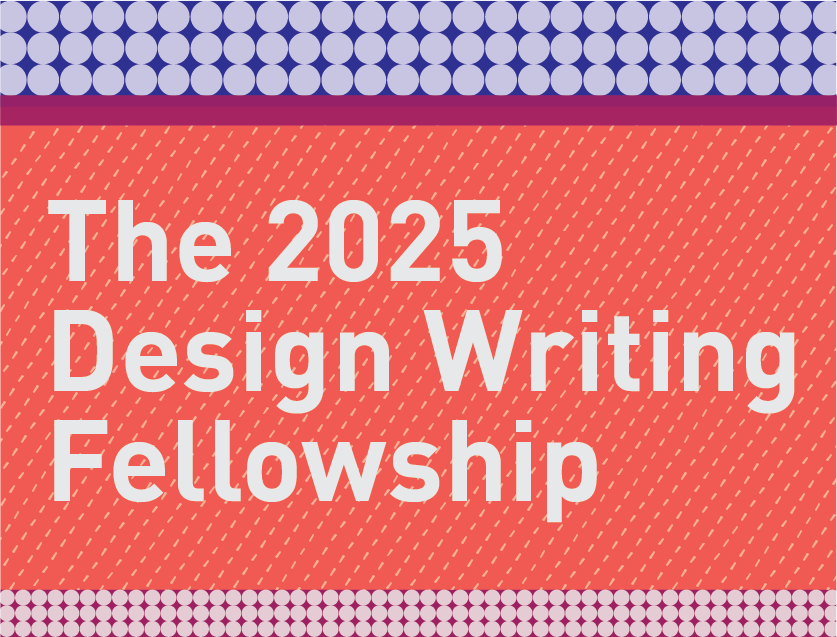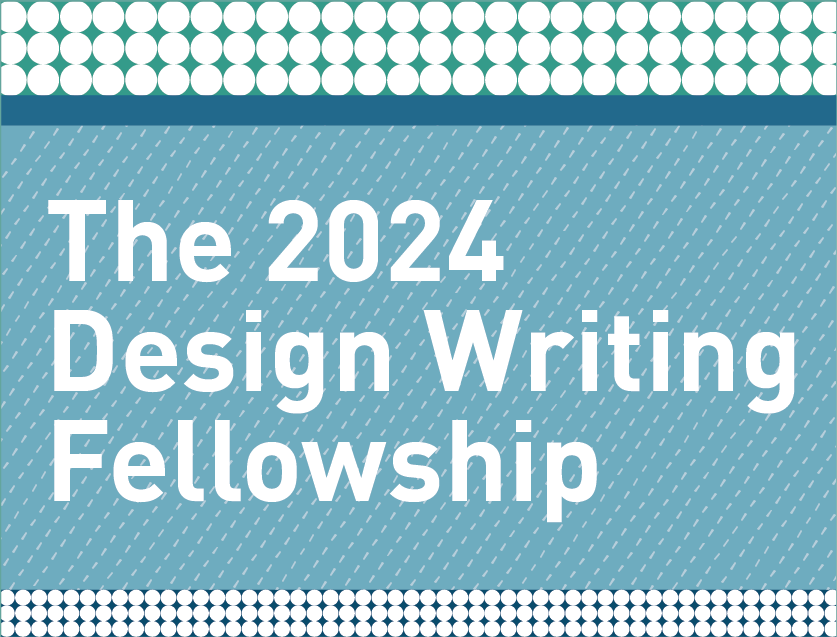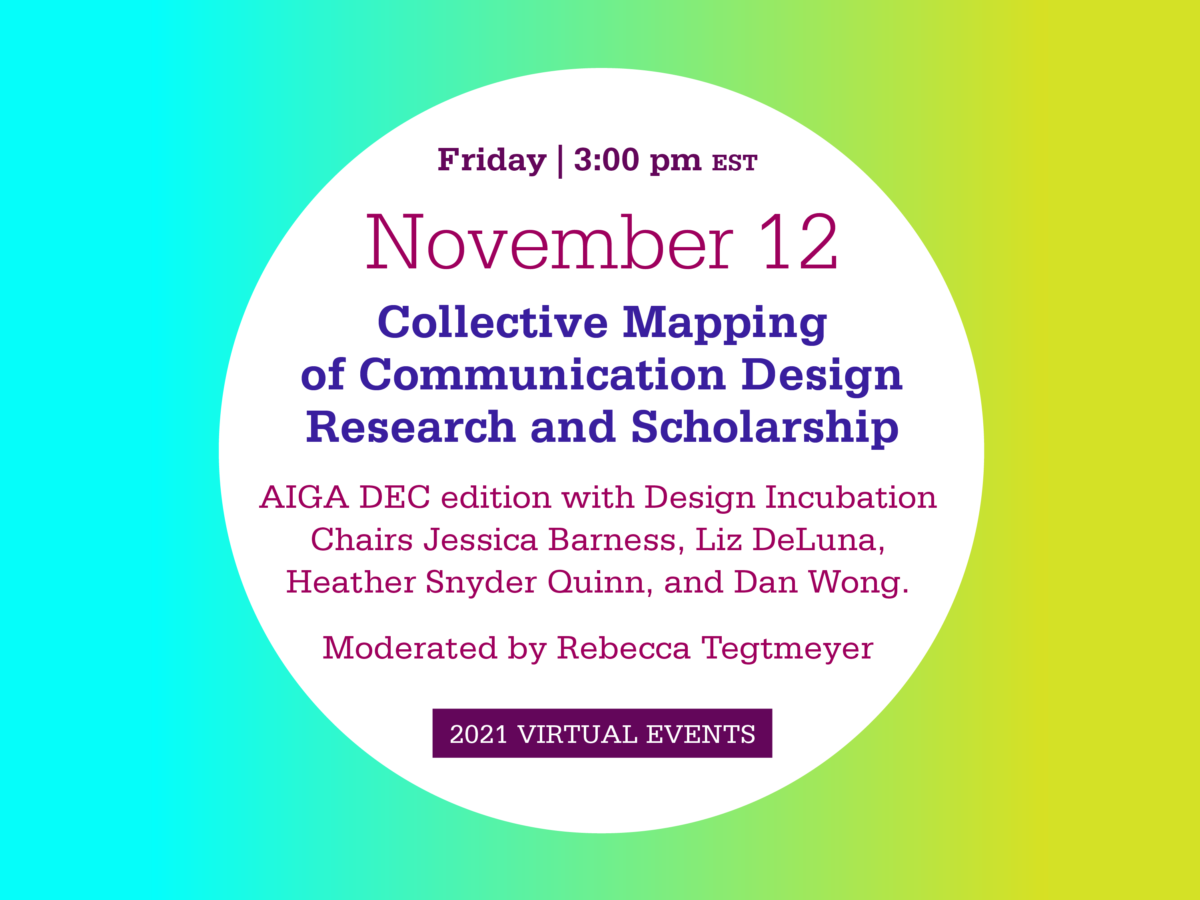Why we do what we do. Design Incubation awards for research in communication design.

A 3-D Printed trophy on a rotating base designed by Taekyeom Lee.
Aggie Toppins’ reflections
Unlike many design awards, which tend to judge projects according to aesthetics, Design Incubation takes the conceptual intent and the impact of the work into account. This award means more than “peer approval” — it is national recognition of an educator’s research, teaching, or service-based contribution to the field. This is important for tenure and promotion candidates whose institutions expect evidence of excellence, often through external forms of validation. Beyond this, design and designers benefit from institutions that recognize the full scope of our work. In my case, much of my research and teaching seeks to build bridges between historical research and contemporary practice. Receiving the DI teaching award has helped me communicate the value of design and design history to my colleagues, peers, partners, and potential students.
Taekyeom Lee’s reflection
Some ideas need time, space, and the right community to develop. For my project, that place has been Design Incubation. I am honored to join in celebrating the 10th anniversary of the Awards and deeply grateful to the organization, nominators, and reviewers who continue to recognize and uplift design research, especially work that does not always follow a straight line.
I first encountered Design Incubation at the 2017 UCDA Design Education Summit in Kutztown, Pennsylvania. The founders’ vision, voiced through a panel presentation, made a lasting impression. In 2020, at Colloquium 6.3, I shared an early version of what would become Tangible Graphic Design. That moment gave the project language, direction, reflection, and confidence.
Receiving the Design Incubation Award in 2022 was a meaningful moment of affirmation. It validated not only the outcome of my work but also the process behind it—messy, iterative, and deeply personal. The recognition opened new opportunities, broadened the visibility of my research, and encouraged me to continue asking challenging, yet necessary, questions through design.
The Design Incubation Awards offer more than recognition; they provide a platform for growth. As the program marks a decade of generous and inclusive vision, I invite designers, educators, and researchers to help shape its next chapter. Together, we can build a more expansive, reflective, and impactful future for design research.
Kareem Collie’s reflection
In 2017, I was acknowledged by Design Incubation’s Scholarship: Creative Work Award after finishing my graduate work at NYU. The project was rooted in personal and intellectual growth, not in advancing my career. While I felt fulfilled, I soon realized my questions needed to translate into something meaningful beyond myself. I needed to share a story that others could connect with.
The recognition from Design Incubation marked a turning point. It helped me understand that my inquiry held value, and that I could shape it into something legible to the world. That award gave me clarity at a time of uncertainty, showing me that my work had potential to resonate beyond academia. It transformed what had felt internal and esoteric into something that could live beyond the studio or classroom. It helped me to move forward with more direction and a clearer voice, carrying with me not just the confidence of that moment, but a broader understanding of the impact creative inquiry can have on the world.
Jenn Stucker’s reflection
Design Incubation’s Communication Design Educators Awards for my collaborative projects, The Sit&Tell Project (awarded in 2017) and In The Round (awarded in 2023), in the service category, are meaningful recognitions. A significant mode of my academic work centers around Design as a Scholarship of Engagement, where my creative and collaborative work aims to foster growth in communities, spotlight the value of design, and contribute to the common good of the design discipline and the public. In these works, the designer and communities work together locally, and accolades from such a reputable organization as Design Incubation provide illumination and validation of the project’s impact and significance to extend beyond the project’s regional situatedness. As there are few venues where design educators can receive recognition for comprehensive service work by a jury of academic peers nationally, Design Incubation’s acknowledgment through a service category amplifies value to institutional and community stakeholder investments in Scholarship of Engagement projects and fortifies confidence for future opportunities.
Like this:
Like Loading...
